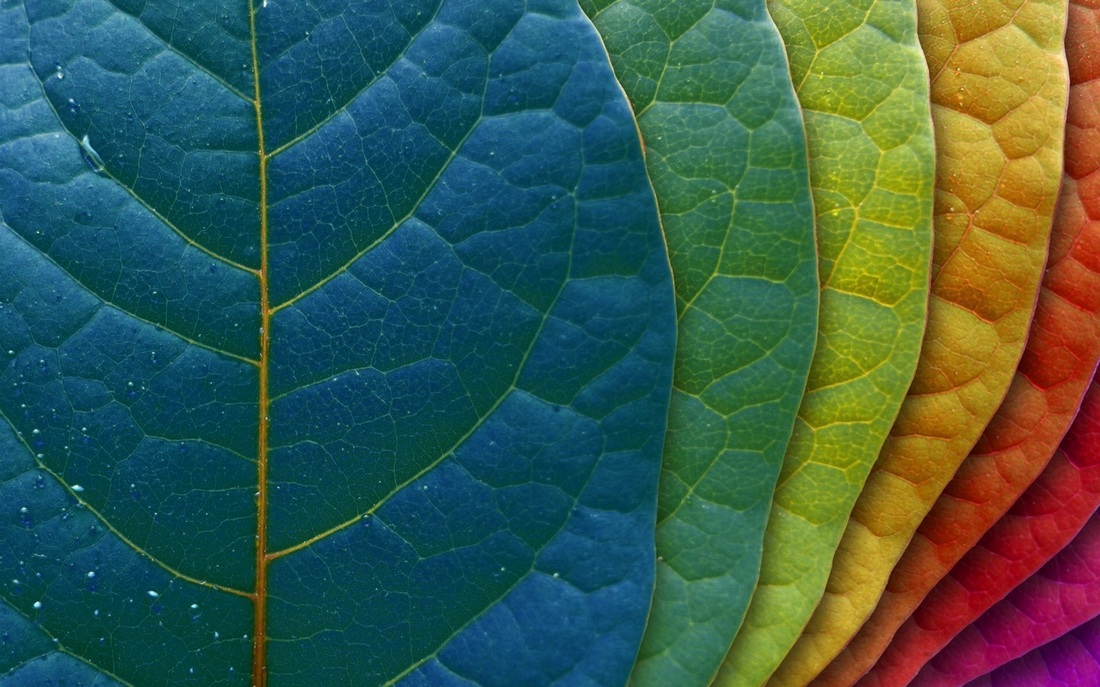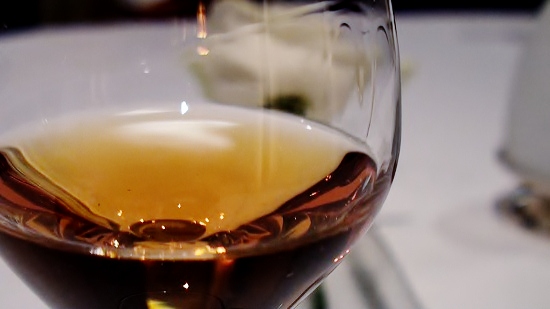n
Tasting is yet one of the many things we do that requires a special kind of awareness or focus–a zone, if you will. The ability to shut the world out is a vital key to becoming proficient as a professional taster. But how can we work on our focus, our “zone”? One way might be through an exercise called “overlapping.” Overlapping involves using a past memory—again highly visual–while paying close attention to all the other sensory information associated with the memory. The result is a deeply focused—one might even say altered—state of awareness. Overlapping is very effective and simple to do:
- Go inside and think of a memory of a physical activity such as riding a bike, swimming, or taking a walk. Bring up the memory as vividly as you can. If it’s taking a walk, see the path in front of you in detail as you move easily along.
- Now add another sensory modality. Feel your arms moving back and forth and your legs striding with each step.
- When you’ve added a second sensory modality think of a third. In this case you might hear the sound of your feet hitting the ground with each stride.
- Now go back and add detail to each modality. Make the scene in front of you as clear and bright as possible; feel the breeze on your face as you’re running as well as the ambient temperature of the air around you; hear the sounds of traffic around you or birds chirping in nearby trees.
- Now pause the memory and notice the quality and depth of your state of awareness at this point. Odds are it’s a pretty deep state of focus which is exactly the kind needed for tasting, a tasting exam, or any other activity requiring exacting detail. Also—and this is key—when you pause notice exactly where you’re looking as you go through your memory. If you’re eyes are closed, where are they looking once you open them? Note the exact place as it will be useful. You might even point to it so you know exactly where it is.
Now try overlapping using the memory of a wine you’ve tasted. Choose a wine that’s easy to remember; a botrytis dessert wine is a good example that comes to mind. Using the model above, go through every aspect of the wine in sequence.
- First, see the color of the wine as vividly you can. A botrytis wine—and we’ll use a Sauternes as an example—would be a deep yellow gold in color.
- Now add some primary aromatics to the memory as in the honey and ripe peach and apricot fruit from botrytis influence.
- Next feel the luscious texture of the wine on your palate. Pay close attention to the balance of sweetness and tart acidity and how it tastes and feels on your palate.
- Now add more sensory data and deepen your state of awareness, your zone. Go back to the visual and add the secondary colors which could be glints of green and deeper gold. Also see how the wine moves in the glass with richness and density from residual sugar. Next smell more components in the wine focusing on non-fruit, earth and oak; bring up the ginger from botrytis, the mushroom/earth elements, and all the spice notes from oak-aging. Feel the warmth from the alcohol on your palate and calibrate the precise temperature of the wine.
- Now play with your memory. Make everything about the wine younger and then much older and more vinous. Then reset it to as it was before.
- Stop once again and notice the depth and quality of your focus or zone. Notice where you’re looking and also be aware of the soft quality of your eyes. Once again 3point exactly to where you’re looking during your visualization. Finally, if you’re talking to yourself note the quality of your voice—the tonality and volume are especially important.
From here the goal is to get into your zone quickly when you physically taste wine. A few repetitions of the exercises above should do the trick. The final step is to practice getting into your zone using the act of picking up a wine glass as the trigger. For me the sequence begins with picking up a glass with my right hand, eyes going down in a soft focus slightly to the left about 15-18 inches away (the length of my arm), and saying internally, “What’s there?” The combination of eyes down left, soft focus, and the internal phrase acts as a consistent start place for my tasting, consistency being the most important word. Discover your starting place and practice getting into your zone quickly. You’ll be glad you did.
nn

